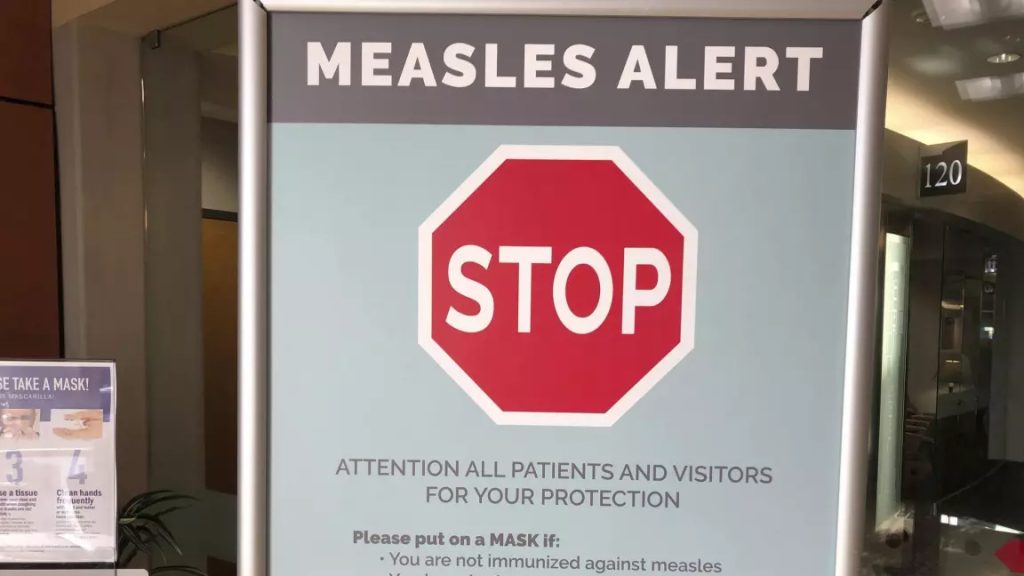Facebook lead designer spills on upcoming revamp of news feed
Posted Mar 29, 2013 9:00 am.
This article is more than 5 years old.
TORONTO – The lead designer behind Facebook’s latest facelift has heard the horror stories.
He wasn’t around for the infamous redesigns that sparked massive user revolts, endless streams of angry comments, and demands to return to the status quo.
But he got the message. And so this time around, the team tasked with coming up with a revamped home page for Facebook, called the news feed, is being exceedingly cautious in delivering something that won’t have users reaching for their digital torches and pitchforks.
“I wasn’t around for (the previous controversial redesigns) but it’s definitely something that is a presence,” says designer Robyn Morris.
“I think the people that were around have made it very clear that we want to do a better job of transitioning people. Change is something that’s extremely challenging and we take it very seriously.
“And so from the very start we really didn’t kid ourselves about the importance of making this change as smooth as possible.”
First revealed by founder Mark Zuckerberg at a press event on March 7, the updated news feed has a streamlined, mobile-influenced design, which will look similar on desktop computers, tablets and phones.
The redesign project began about a year ago, with groups of Facebook users surveyed about what they liked and didn’t like about the feeds of updates they were typically seeing.
“We printed out their news feed and cut out each story to be a different piece of paper and had them sort them from most important to least important and had them remove the things they weren’t interested in,” Morris said.
“What we got from that was a realization that people are after more control, they want to be empowered to find the things they really cared about. And the other insight we had was generally that the page that people see when they come to Facebook was a little too cluttered in terms of the amount of things they were being exposed to at once.”
Users kept saying they felt like they were missing posts from friends and family and were seeing content they didn’t care nearly as much about.
As a result of that feedback, the design team created a new column of separate feeds at the right side of the page, so users could see updates sorted by different categories such as most recent, all friends, family, work, school and photos. Another key feature in the new design is a navigational pane along the left side of the page, which pops out when hovered over.
Morris was confident about the new ideas, but not willing to take any chances, Facebook again brought in users to bounce ideas off of and took their feedback as the new news feed was being coded.
“As a designer, it’s just the best. It’s very humbling but it’s really wonderful when you’re getting insights into what you’re doing. So that’s been something we’ve been doing for at least the last six months of this project —once we had something that was good enough to put in front of people,” Morris said.
“You’re very excited about things you learn but it’s also very humbling when you find out the things you thought were going to be great aren’t as good as they could be.”
Some three weeks since Facebook first announced the redesign, a relatively small group of the site’s more than one billion users has been given early access. Facebook is collecting data on how they interact with the site — and making some little tweaks as needed — in preparation for the full roll-out.
Morris said he was anxious to get a large enough sample of users in on the new news feed so some number crunching could be done on usage patterns.
“I think you really do get insights that you don’t get qualitatively when you’re able to see things at a much larger scale,” he said.
“We’re at a stage where we have it on for a number of people that we feel is adequate to give us a sense of what things are working, what things aren’t.”
Users who are anxious to transition to the new design can sign up for the wait list at https://www.facebook.com/about/newsfeed. For those who hate change, the good news is the full roll-out may still take a good while.
“We want to just make sure we can’t make it even better,” said Morris.
“I’d like to think in the coming months we can get this out pretty broadly, if not to everyone.”










